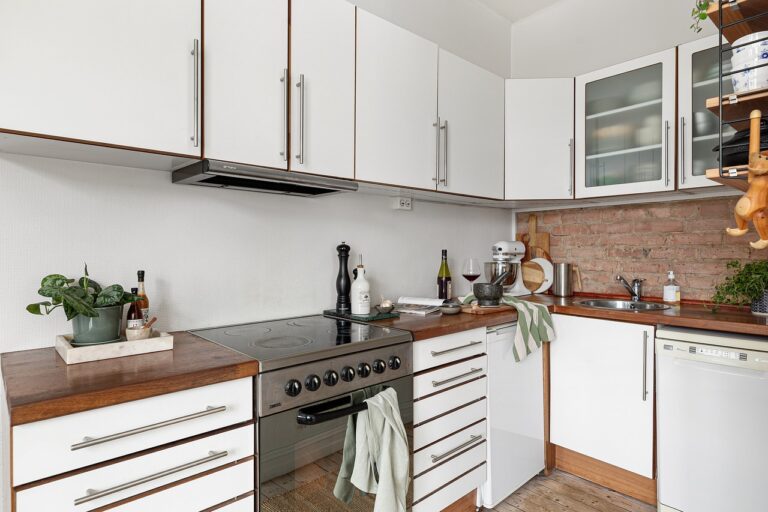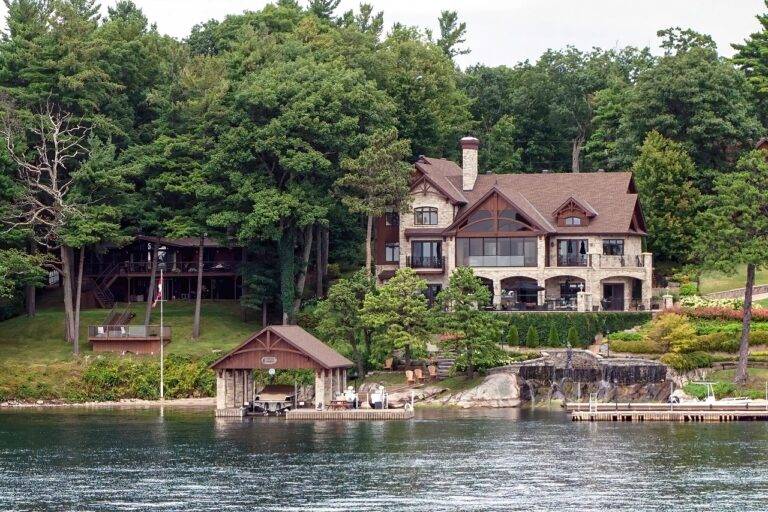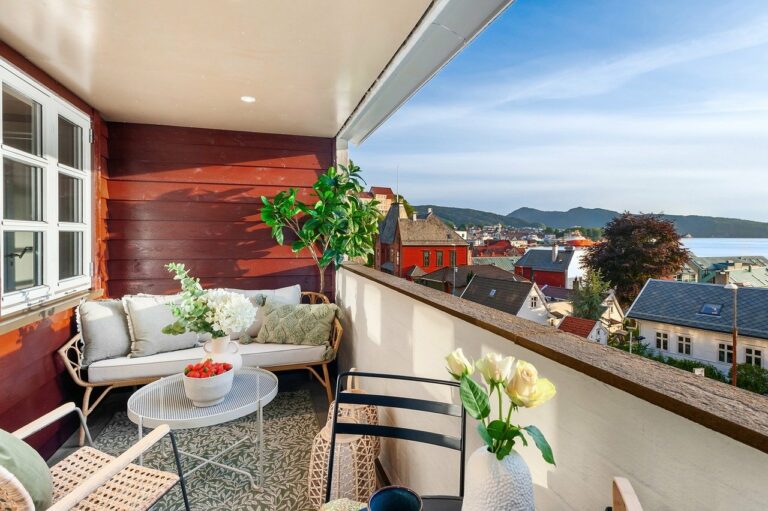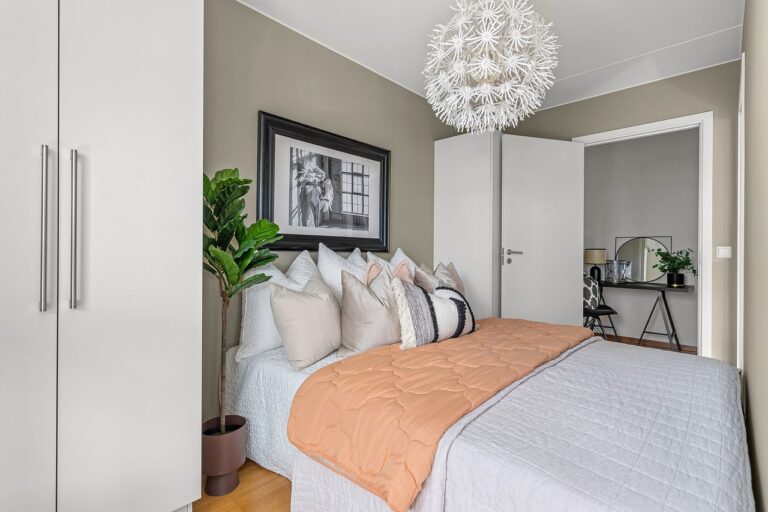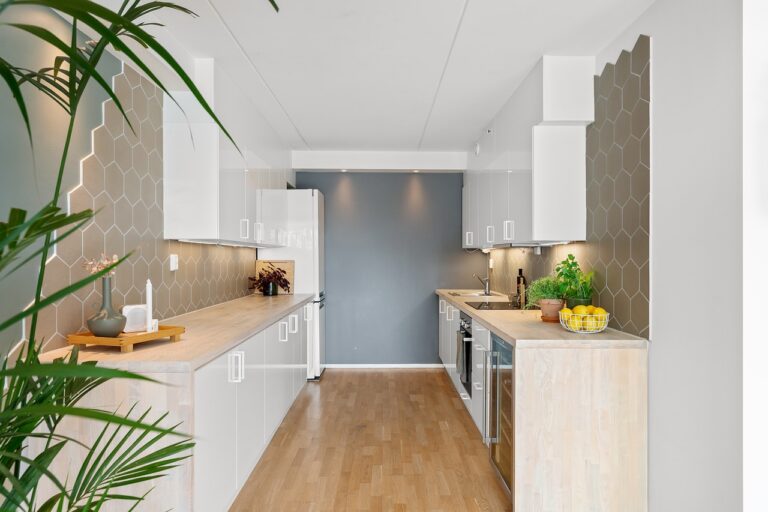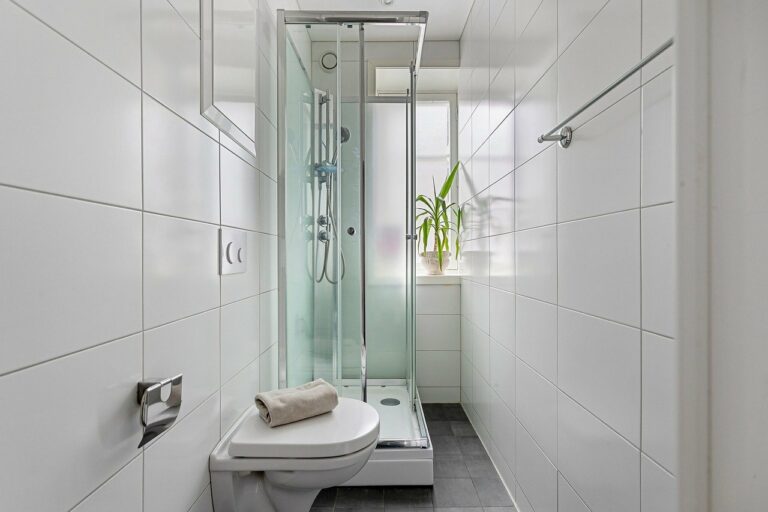The Benefits of Passive Solar Design: Harnessing the Sun’s Energy
Passive solar design is a sustainable approach that utilizes the sun’s energy to heat and cool buildings without the need for mechanical systems. By strategically positioning windows, building materials, and architectural features, passive solar design optimizes the capture and retention of solar heat during the winter months, while minimizing heat gain in the summer. This results in increased energy efficiency and reduced reliance on artificial heating and cooling methods, leading to cost savings and environmental benefits.
Key principles of passive solar design include proper orientation of the building, thermal mass to store and distribute heat, well-insulated windows and walls to minimize heat loss, and shading elements to control solar gain. By harnessing the natural elements of sunlight and thermal mass, passive solar design creates comfortable and sustainable living spaces that promote energy conservation and environmental stewardship.
Understanding Solar Heat Gain
Solar heat gain refers to the heat that is gained through sunlight entering a space. This phenomenon occurs when sunlight penetrates windows, walls, or roofs of a building, leading to an increase in temperature within the interior. Understanding solar heat gain is crucial when designing a building to maximize energy efficiency and comfort.
The amount of solar heat gain a building experiences is influenced by various factors such as orientation, window size, and shading devices. The design of a building can be optimized to either enhance or reduce solar heat gain, depending on the climate and intended use of the space. By strategically incorporating elements like overhangs, awnings, and reflective coatings, architects and homeowners can effectively control solar heat gain and create a more sustainable and comfortable environment.
Maximizing Natural Light in Your Home
Natural light in a home can create a warm and inviting atmosphere, while also reducing the need for artificial lighting during the day. To maximize the amount of natural light coming into your home, consider keeping window treatments minimal or using sheer curtains that allow sunlight to filter through. Additionally, placing mirrors strategically across from windows can help reflect and spread light throughout the room, making the space feel brighter and more spacious.
Opting for lighter paint colors on walls and ceilings can also help in enhancing the natural light in your home. Lighter shades can reflect and amplify sunlight, making the room appear more radiant and open. In rooms where privacy is not a concern, consider using frosted glass doors or interior windows to allow light to flow freely between spaces. With these simple adjustments, you can make the most of the natural light in your home and create a cheerful and luminous living environment.
What is passive solar design?
Passive solar design is a method of using the sun’s energy to heat and light buildings without the use of mechanical or electrical devices.
How does solar heat gain work in a home?
Solar heat gain is the increase in temperature in a building as a result of sunlight coming through windows and heating the interior.
What are some ways to maximize natural light in a home?
Some ways to maximize natural light in a home include using skylights, light shelves, and reflective surfaces to bounce light around the space.
Why is natural light important in a home?
Natural light not only reduces the need for artificial lighting, but also has been shown to improve mood, productivity, and overall well-being.
Are there any downsides to maximizing natural light in a home?
While natural light has many benefits, it can also cause issues such as glare, UV damage to furniture, and increased heat gain in the summer months.
How can I balance natural light with privacy in my home?
To balance natural light with privacy, consider using sheer curtains, blinds, or frosted glass in certain areas of your home where privacy is needed.


